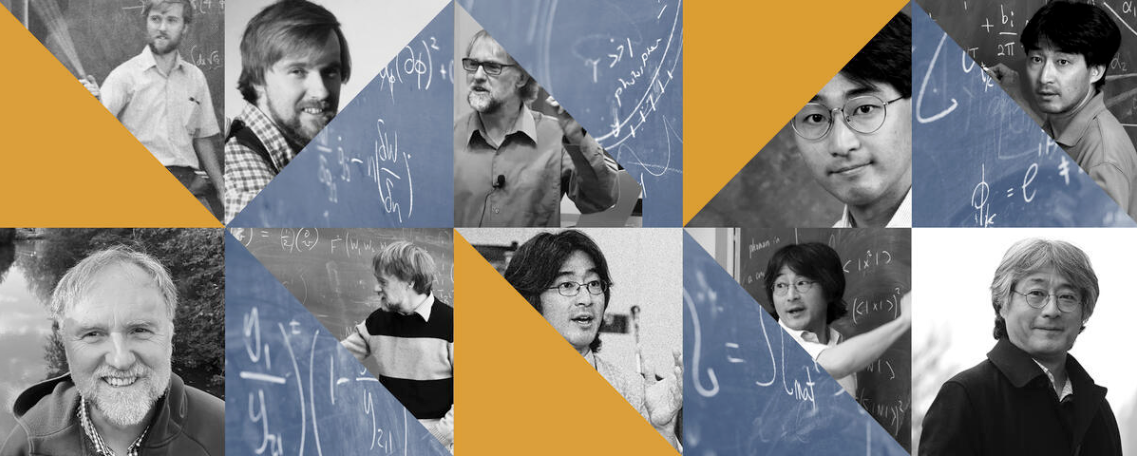Speaker
Description
Proto-neutron stars, formed in the center of Type-II supernovae, represent promising science targets for probing axions. The hypothetical particles are emitted via e.g. the Primakoff process and can modify the cooling rate of the proto-neutron stars and also convert to observable gamma rays while propagating through astrophysical magnetic field. Observations of Supernova 1987 (SN 1987A) from the Solar Maximum Mission (SMM) gamma-ray telescope have previously been used to set bounds on the axion-photon coupling. In this work, we present updated limits with SMM data by including nucleon-nucleon bremsstrahlung as an additional mechanism of axion production. We also consider a novel axion conversion mechanism in the progenitor magnetic field of SN 1987A. This allows constraining larger axion masses and smaller axion-photon couplings due to the stronger magnetic field of the progenitor star compared to the magnetic field of the Milky Way. We use these results to project the sensitivity of gamma-ray searches towards a future Galactic supernova with a proposed full-sky gamma-ray telescope network.

